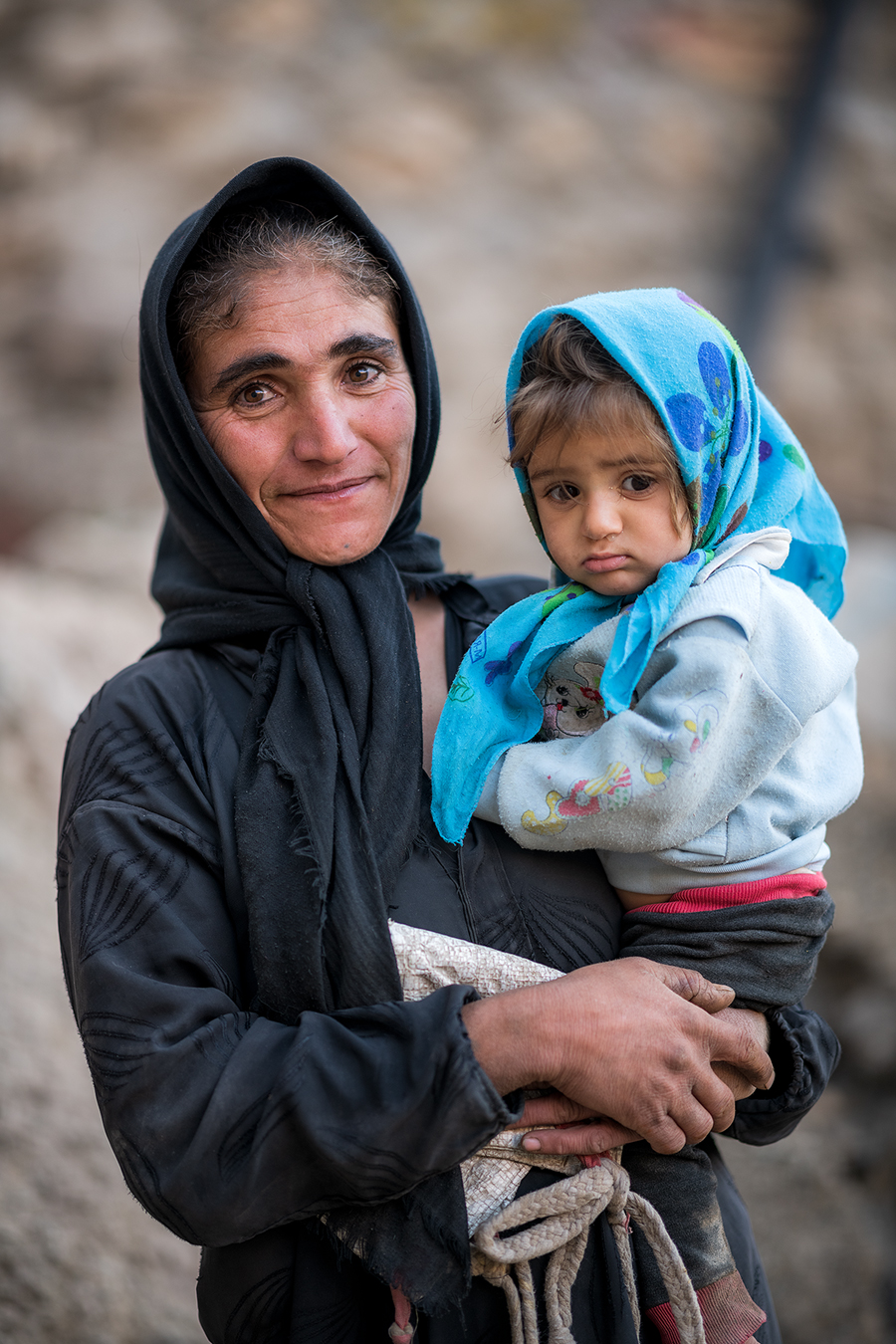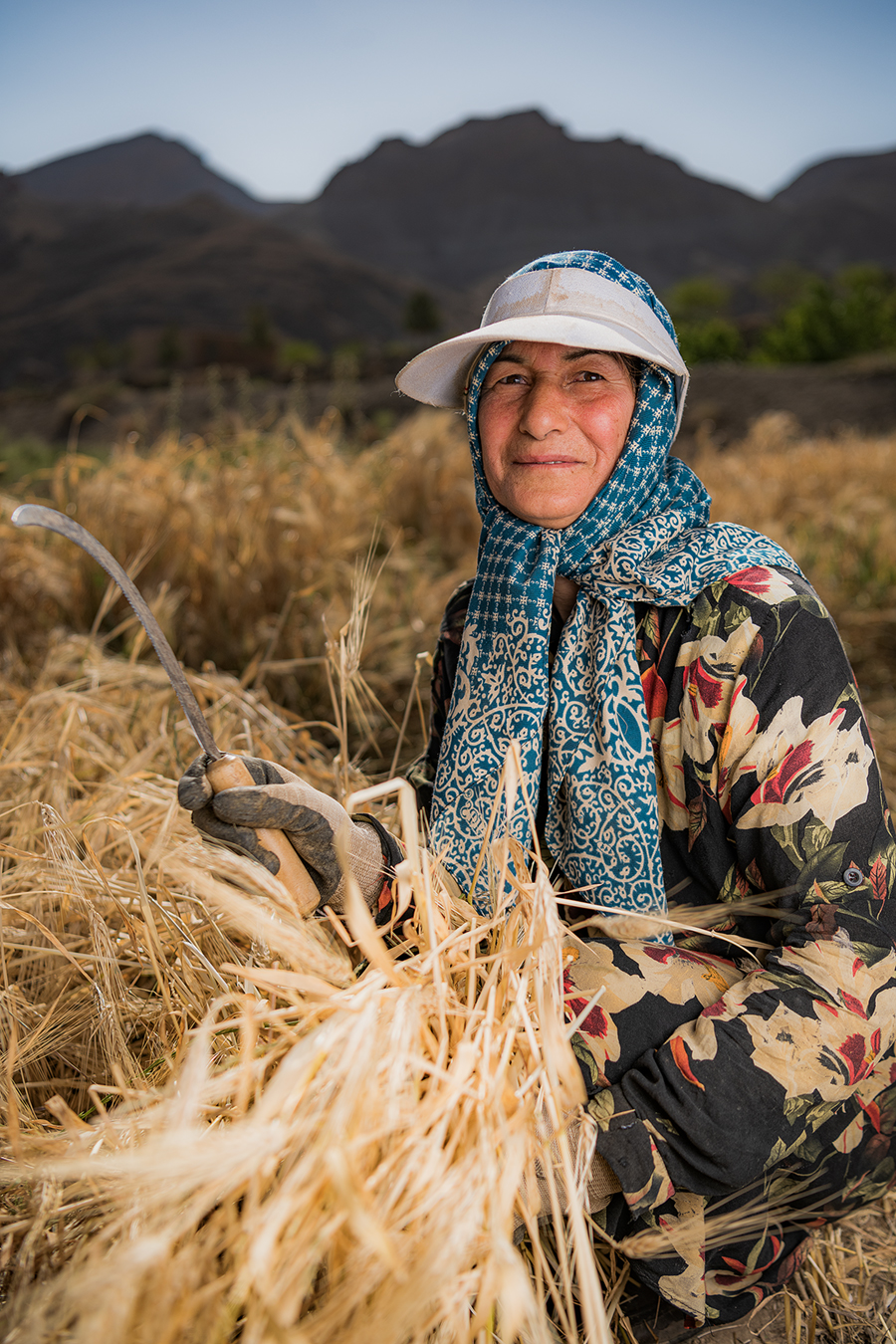Seconded By: Frank Meo,
In the heart of Iran, among rugged landscapes and steep hills, there are ancient villages that have witnessed centuries of history. These villages, which were once isolated and self-sufficient, have now become tourist destinations. One is modern and busy, and the other is pristine and low-traffic, but they constantly change over time to a common goal, and that is nothing but a tourist destination.
Although their staircase architecture is very similar, there are distinct differences between these villages. Each one occupies a unique position in the tourist landscape, highlighting the rich Persian culture and its enduring legacy with its own individual characteristics.
Masuleh:
It is located in the green northern region of the country and has seen the most tourists. Local people are no longer engaged in animal husbandry and agriculture, and many of them are engaged in selling all kinds of local products, including handicrafts and local foods. There is at least one shop or seller in almost all the streets of this village. This is a sign of their modernization and compatibility with tourists. The local bazaar is very attractive with its teahouses and restaurants.
Qaleh-Bala:
It is located in the central desert region of Iran and is attracting tourists. The aqueduct supplies water to this village. Local people are still engaged in agriculture and their traditional jobs, but tourists are creating new job opportunities for them. A local artist told me that the art of craft production has grown significantly in this village in recent years. Many tourists travel to this village to see the stars in the night sky and see the wildlife. But will this village remain pristine?
Sar Agha Seyed:
It is located in the heights of the Zagros Mountain range and in a very cold area, and only hosts limited tourists in spring and summer, and during the winter due to heavy snowfall, the route of this village is cut off from the surrounding cities. The access path to this village is difficult and it is not a convenient destination for tourists. But the hospitable people of Bakhtiari are always eager to attract tourists. With minimal changes in the lifestyle of the local people, this village is a pristine destination for curious travelers.
Kandovan:
It is located in the northwest region and near the city of Tabriz. With a unique architecture similar to Cappadocia in the heart of volcanic mountains, it is an attractive tourist destination. Staying in the attractive houses of this village provides an unforgettable experience for travelers. This village hosts many tourists every year.
Maymand:
The historical village of Maymand is located in an independent and semi-arid region at the end of a valley located in the south of the central mountain ranges of Iran. It is believed that this place is the first human settlement in the Iranian plateau, which dates back to 12,000 years ago. Maymand with its exceptional architecture is very strong and designed to protect the local people from the attack of the enemy troops. This village has been registered as a world heritage and a pristine village has been preserved. Despite the distinctive features of this village to attract tourists, the young people of the village are rarely seen in the village and have migrated to the cities.

Tahereh Ahmadi, 62, living in Qaleh-Bala village, Iran. She says that in the past people used to do embroidery in this village, but this art was forgotten for many years until 2008, then people from Plan for the Land society which is a non-governmental, non-profitable organization came to this village and encouraged them to produce embroidery. Most of the people in the village did not start this job out of desperation. But she learned and then taught other local residents and now they have become their own masters.

In Masuleh, located 65 kilometers west of Rasht in Gilan province, tourists immerse themselves in the narrow alleys, stairways, and local market. Since Gilan province is famous for the most variety of food in Iran, visitors may choose a suitable restaurant for dinner. As they ascend the terraces—rising 120 meters from lowest to highest—the verdant landscape unfolds, revealing panoramic views. Motorized vehicles are prohibited here, a testament to the village’s unique layout.

Masuleh’s architecture in Gilan province, Iran is truly remarkable. The buildings are seamlessly integrated into the mountainside, forming an interconnected maze. Courtyards and rooftops serve as pedestrian walkways, much like streets in other cities. The famous saying, ‘The yard of the building above is the roof of the building below,’ perfectly captures the essence of Masuleh’s design. Additionally, the yellow clay coating on most buildings not only adds to the aesthetics but also enhances visibility during the frequent foggy weather.

It was morning when I saw Mr. Abdullah in Maymand village, Iran. He filled a container with water and took it to a goat that was next to his house. With my request, we went to his hand-dug house amid the rocks to photograph him. When I entered the house, his wife named Hawa was at home, after talking with them I took some pictures of them. Hawa broke some walnuts for me and treated me with walnuts and elderberry and said that their income is only from these garden products. She said that she has 5 daughters and 5 sons, but all her children have gone to the city and only one of them is working as a shepherd in the village.

In the high and mountainous village of Sar Agha Seyed, a Bakhtiari mother tenderly cradles her daughter. Known for their industriousness, Bakhtiari women have a rich history of active roles—from weaving intricate rugs to animal husbandry, dairy production, and baking bread. Maybe by seeing her hands, you can understand all these efforts. The Bakhtiari tribe is one of the Iranian people who live widely in Khuzestan, Chaharmahal and Bakhtiari provinces, Isfahan, and Lorestan.

Sar Agha Seyed is another village with stepped architecture in Iran. It is nestled among the Zagros Mountains and experiences very cold winters. Most of the residents are present in the village only during spring and summer, while they migrate to Isfahan and Shahr-e Kord cities in winter. A small number of residents who remain in the village prepare fuel and food before the onset of the cold season, as the traffic route becomes blocked by snowfall. The challenging access path to this village may deter some tourists, but it remains an attractive destination for the curious traveler. In the summer season, visitors can also explore the nomadic lifestyle of the surrounding area. Most of the homes lack windows and have only one door, adding to the village’s unique charm.

The little Bakhtiari girls make their way to school each morning in the village of Sar Agha Seyed, Iran. Every day, they walk from their house to the highest point in the village to attend school.
From left to right: Golnaz (8), Mahnaz (11), Fariba (9), Fatemeh (8)

Two rural women engage in conversation amidst the ancient stone dwellings of Kandovan village, East Azerbaijan province, Iran.
The village exemplifies manmade cliff dwellings that are still inhabited, with troglodyte homes excavated inside volcanic rocks and tuffs—similar to the dwellings found in the Turkish region of Cappadocia.
The annual influx of more than 300,000 tourists has brought fundamental changes to this picturesque village. From bustling local markets and charming stores to the conversion of mountain-side houses into accommodations for travelers, Kandovan adapts while preserving its rich history.

Qaleh-Bala, nestled in Semnan province, is a desert village with stepped architecture, serving as the entrance gate to Khar Turan National Park—often dubbed ‘Little Africa’ in Iran. This village owes its existence to the Iranian aqueduct, which has achieved recognition on the UNESCO World Register. The aqueduct sustains life in this arid region by providing water for residents and agriculture. Additionally, two magnificent sycamore trees, over 400 years old, grace the vicinity of the village’s aqueduct.
Notably, Khar Turan National Park, also recognized by UNESCO, spans approximately 1,400,000 hectares, making it the second-largest biosphere reserve globally, surpassed only by Africa’s Serengeti in Tanzania.

Zohreh Keyghobadi, 58, living in Qaleh-Bala village in Semnan Province, Iran. She works with her husband in a small farm next to the village. They plant barley and used to harvest it with a sickle until last year.
As the sun rises and the weather clears, the local people, most of whom are engaged in agricultural work, go to their small fields near the village, and with their presence, a group of gazelles, which were present before them, start to run away! It is true, they feed on the agricultural products of the local people in the village. Despite people’s awareness, they have adapted to this issue and this has greatly helped to preserve the life cycle wildlife of the region, especially the Asiatic cheetah, which is at risk of extinction.

